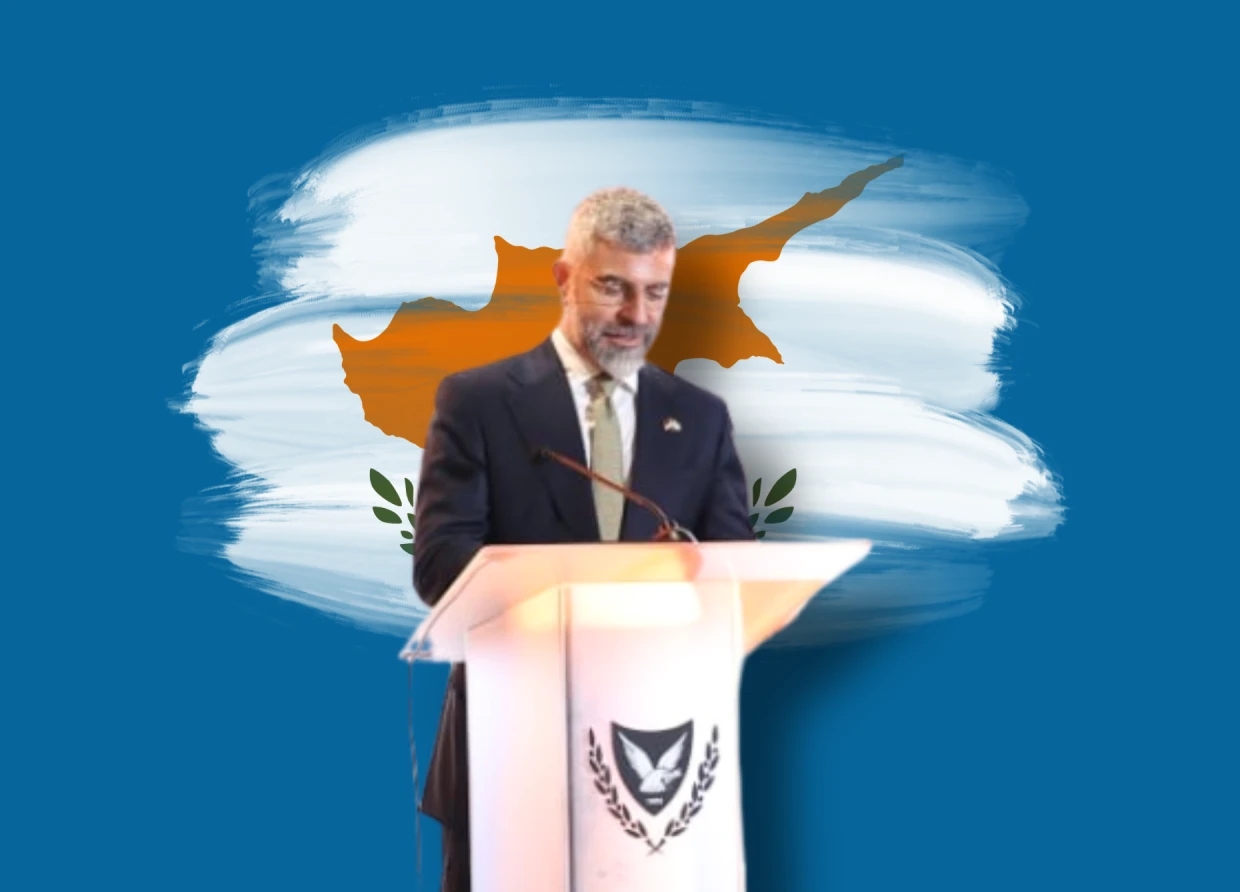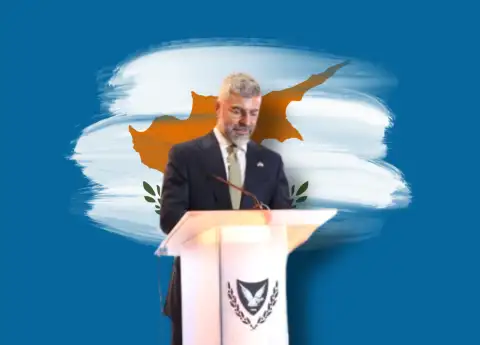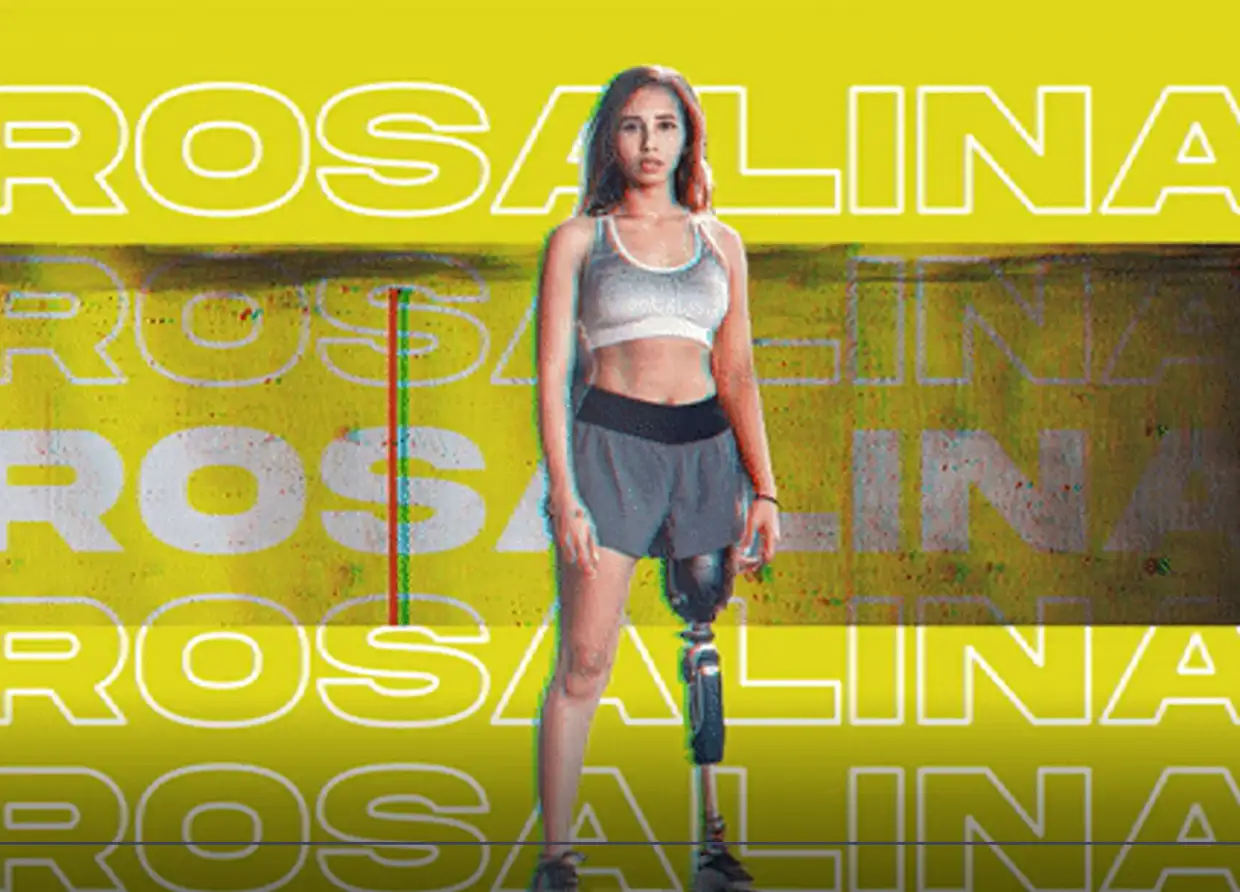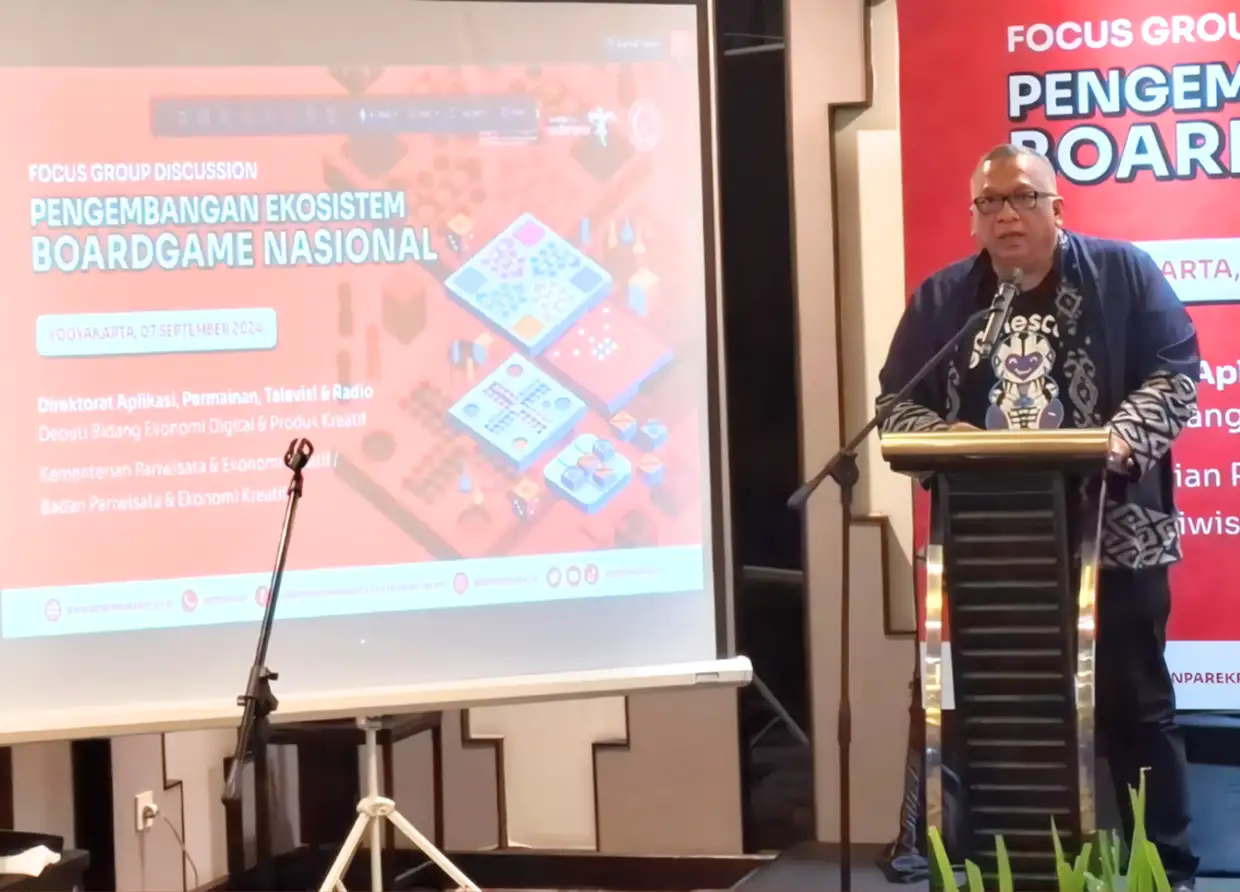THIS POLISH TRAIN FACTORY MIGHT JUST BE THE FUTURE OF TRANSPORTATION—AND INDONESIA COULD BE NEXT
From hydrogen-powered locomotives to tropical-ready train tech, PESA in Poland isn’t just building trains—they’re building the future. Could Indonesia be their next big stop?
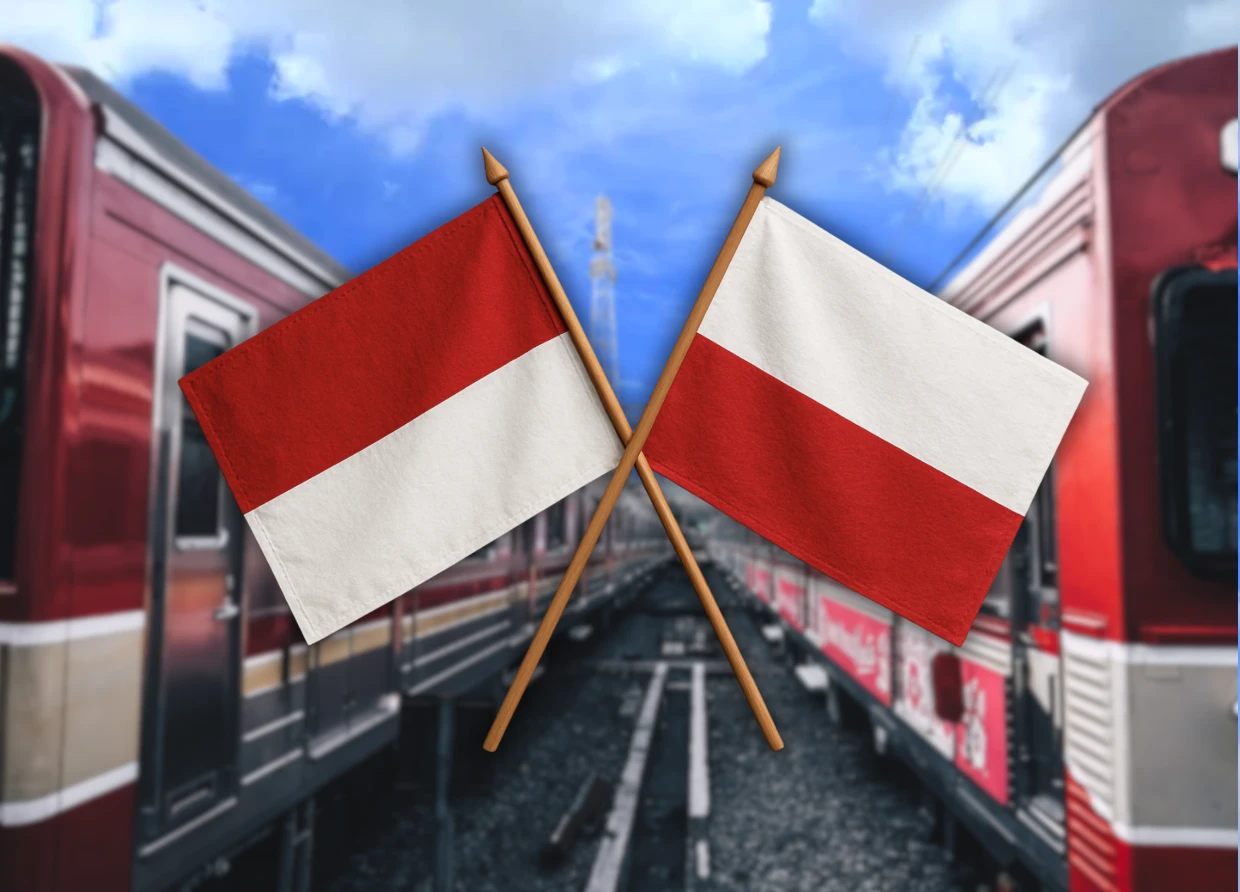
Summary Highlights:
- Polish company PESA is building hydrogen-powered trains—zero emissions, high innovation
- Their tech is already prepped for Southeast Asian climates
- They’ve had early talks with Indonesia about partnerships
- Trains of the future might run on battery + catenary + hydrogen in one go
- Indonesia could be next in line for a green railway revolution

Deep in the industrial heart of Bydgoszcz, Poland, a factory buzzes—not with chaos, but with purpose. Steel clangs, robotic arms move with ballet-like precision, and futuristic ideas take physical form. Welcome to PESA, Poland’s biggest train manufacturer, where over 4,000 engineers are quietly reshaping the way the world moves.
And here’s the twist: Indonesia might be part of their next chapter.
We joined a group of Indonesian journalists for an inside look at this cutting-edge facility—and what we saw felt straight out of a sci-fi film with a green twist.
Meet Europe’s First Hydrogen-Powered Train
In a sleek, glass-walled room tucked away from the factory floor, PESA’s International Sales Director, Jon Boncyk, unveils their pride and joy: Hydrogen Shunter—Europe’s first hydrogen-powered locomotive, and only the second in the world after China.
“Our goal? To launch a full passenger train prototype running entirely on hydrogen by the end of next year,” Boncyk says.
This isn’t just a shiny PR stunt. Hydrogen trains are zero-emission, catenary-independent (no overhead wires), and ideal for remote or rural lines. The only catch? Range and cost. Right now, they work best for short distances (80–120 km), unless governments invest in hydrogen fuel infrastructure.
But here’s where it gets even cooler.
Robots, Steel, and Climate-Smart Design
The factory tour feels like stepping into the Iron Man armor lab—just with way more sparks. We watch robots slice and shape ultra-light aluminum sheets (energy efficiency, check), weld skeletons with machine precision, and simulate extreme climates for air-conditioning systems—yes, even Indonesian humidity.
“We design for snow in Poland and heat in Jakarta,” Boncyk adds with a grin. “Our trains are tested to perform in tropical zones, with special insulation and climate systems.”
The Triple Threat: Battery, Catenary, and Hydrogen in One Train?
Here’s something that could change the game entirely: trains with triple power sources. Battery, catenary, and hydrogen—all in one unit. It’s like a hybrid on steroids, perfect for countries like Indonesia where full rail infrastructure is still in progress.
And the interest? It’s real.
Indonesia in the Fast Lane?
PESA confirmed they’ve already been in touch with Indonesia’s embassy in Poland about future collaboration. From long-distance rail to MRT projects, Indonesia’s growing demand for smart transport hasn’t gone unnoticed.
“Indonesia is a huge market. If the country is serious about building green transport ecosystems, we’re ready—with the trains, the tech, and the transfer of knowledge,” Boncyk affirms.
Imagine hydrogen-powered commuter trains zipping across Java or Kalimantan, built with Polish precision and tailored for tropical chaos. Wild? Maybe. But also wildly possible.
So, what do you think—ready to ride the future?
#THE S MEDIA #Media Milenial #Hydrogen trains #green transport innovation #Indonesian infrastructure #PESA Poland #sustainable mobility #Indonesia Poland relations #zero-emission trains #future of public transport #hybrid railway systems #tech diplomacy


